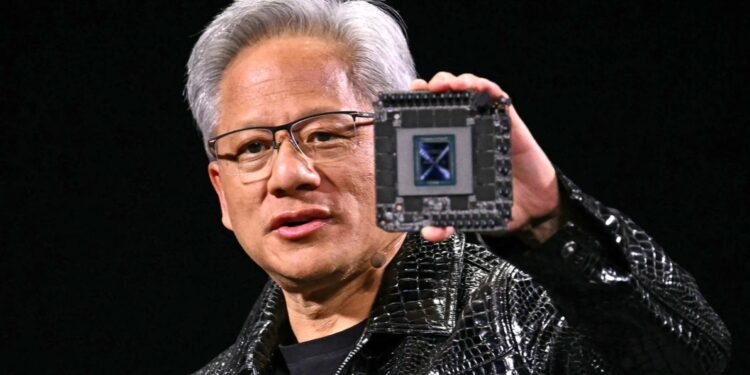Nvidia has revealed the release of a new, cheaper artificial intelligence (AI) chip that has been specifically designed for the Chinese market. The move is a reaction to U.S. export controls that restrict China’s ability to access advanced AI technology.
The new GPU is based on Nvidia’s most recent Blackwell design and could cost between $6,500 and $8,000. That is a big drop from the price tag of $10,000 to $12,000 of the company’s H20 model, which had export restrictions imposed on it and was effectively banned in April. Mass production of the new chip could start as soon as June, according to sources cited in the report.
The new Blackwell chip’s new, lower pricetag is commensurate with the budgeted specs and reduced manufacturing complexity. It will reportedly use a tried-and true GDDR7 memory rather than the newer high bandwidth memory found in Nvidia’s most powerful graphics cards, while it’s said to be powered by Nvidia’s RTX Pro 6000D, a server-grade GPU.
What’s more, the new chip won’t include Taiwan Semiconductor Manufacturing Co.’s (TSMC) high-performance Chip-on-Wafer-on-Substrate (CoWoS) packaging tech.
Most of these changes are probably due to the US export regulations that impose restrictions on GPU memory bandwidths. According to industry analysts, the new GPU is expected to have a memory bandwidth close to the 1.7 terabytes per second limit.
China is still an important market for Nvidia, making up 13% of its sales in the fiscal year just completed. But the company’s share of the Chinese market, which was around 95% goodness knows ago, was around 50% in 2022, and facing significant competition from local companies like Huawei, who has its Ascend 910B chip in travel.
In recent months, Nvidia CEO Jensen Huang has cautioned that continued export restrictions could drive even more Chinese customers to homegrown alternatives.
The prohibition of the H20 chip led Nvidia to take a $5.5 billion write-down in inventory, and it expects to lose out on $15 billion in sales from these restrictions. The H20 uses older Hopper architecture that can no longer be altered to comply with the current U.S. export rules, Huang said.
Although the name of the new Blackwell-based chip has remained unconfirmed, there are rumors that it could be named the 6000D or B40. Meanwhile, Nvidia is also said to be working on another Blackwell-architecture chip, destined for China, whose production may start en September.
A spokesman for Nvidia acknowledged the difficulties, saying that the company is still in the process of assessing its few remaining options and that without U.S. government permission to roll out new product designs, it has been “effectively walled off” from China’s $50 billion data center market.
This is the latest move that underscores the tightrope walk that Nvidia must do to keep a hold of the important Chinese market while complying with increasingly complicated international trade policies.
















